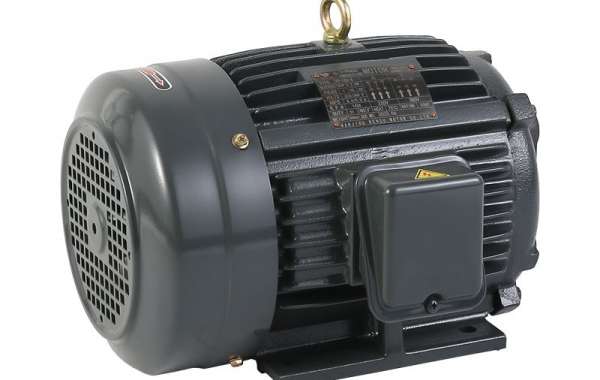The three-phase asynchronous motor is a fundamental component in industrial and commercial applications, providing the mechanical power for a vast array of machinery. Its widespread use is attributed to a robust design and straightforward operational principles. The core of its function lies in the creation of a rotating magnetic field. When three-phase alternating current is supplied to the stator windings, it generates a magnetic field that rotates at a synchronous speed. This rotating field is the primary driver that induces current and consequent motion in the motor's rotor.
A key characteristic of the three-phase asynchronous motor is the phenomenon of "slip." The rotor always turns at a speed slightly slower than the synchronous speed of the stator's magnetic field. This speed difference is essential because it is what induces the electrical current in the rotor conductors. If the rotor were to achieve synchronous speed, the relative motion would cease, and no current would be induced, causing the torque to drop to zero. Therefore, the three-phase asynchronous motor operates on the principle of electromagnetic induction, where torque is produced by the interaction between the stator's rotating magnetic field and the induced currents in the rotor.
The construction of a three-phase asynchronous motor highlights its durability. The stator is a stationary core made of laminated steel, containing windings that are precisely arranged to create the rotating magnetic field. The most common type of rotor is the squirrel-cage rotor, which consists of conductive bars short-circuited by end rings. This simple and rugged construction has no physical electrical connection to the stator, eliminating the need for brushes and commutators that wear out. This makes the three-phase asynchronous motor a low-maintenance and highly reliable piece of equipment.
The three-phase asynchronous motor is valued for its self-starting capability and substantial starting torque. It can power everything from pumps and fans to conveyor belts and machine tools. Its speed is relatively constant under varying loads, which is a desirable trait for many industrial processes. The combination of simple construction, dependable operation, and efficient power delivery solidifies the role of the three-phase asynchronous motor as a cornerstone of modern electromechanical systems.







